A black hole is a position in space with so strong gravity that even light or other electromagnetic waves can not escape from it. The reason for such a strong gravity is that matter is compressed into a small space. This can occur when a star is dying and its center falls under its gravity.
A black hole is invisible because light can not emerge back from it. Scientists use space telescopes with special instruments to find out black holes. The special instruments detect how stars existing close to a black hole behave in a different way than others.
After reading this article, you will learn about the two basic parts of a black hole, what lies at its bottom, as well as a phenomenon known as spaghettification.
What’s At The Bottom Of A Black Hole?
At the bottom of a black hole lies a point of extreme gravity known as the singularity. Singularity is an area where all matter and energy are compressed down into an infinitely small point, making them impossible to observe or measure directly. To better understand what is at the bottom of a black hole, let’s discuss the two basic parts of a black hole:
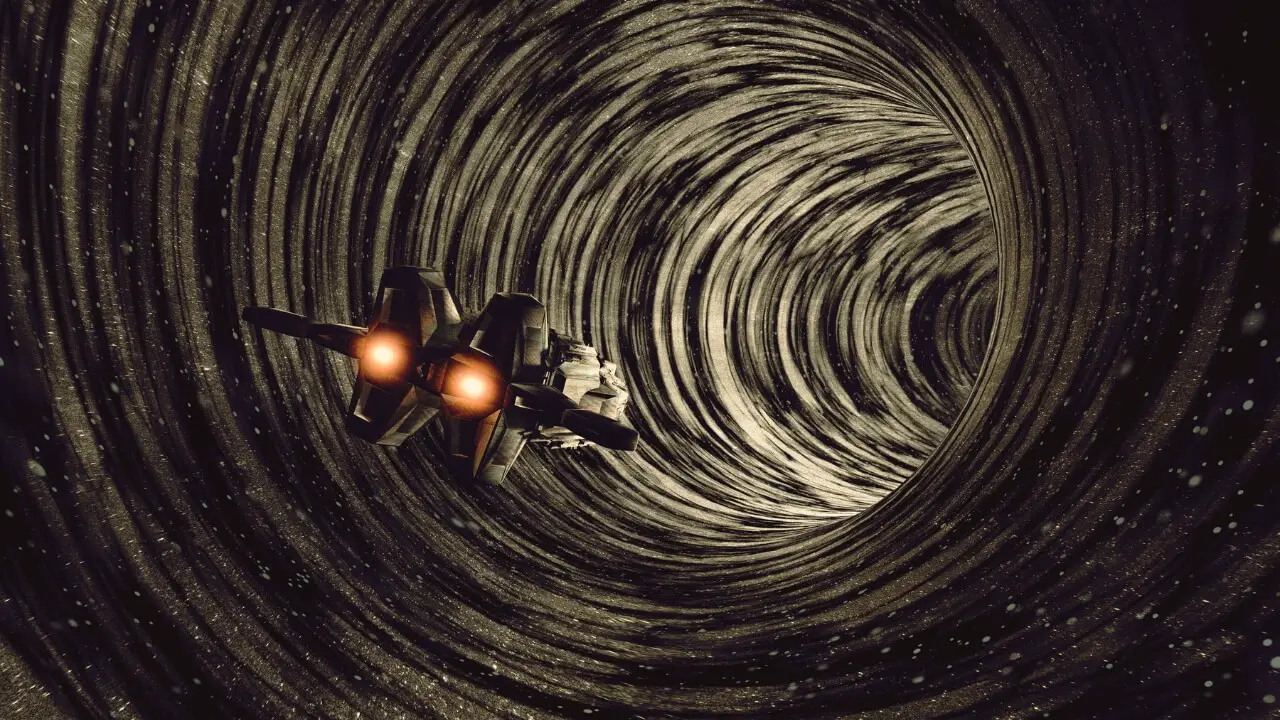
The Event Horizon
The event horizon is the point of no return in a black hole. It is a boundary point that marks the outer edge of a black hole, beyond which nothing (even light) can escape from its gravitational pull. In simple words, it is a one-way light-trapping boundary of a black hole that guards what lies inside it. The event horizon also marks a boundary between our universe and the singularity at the black hole’s center.
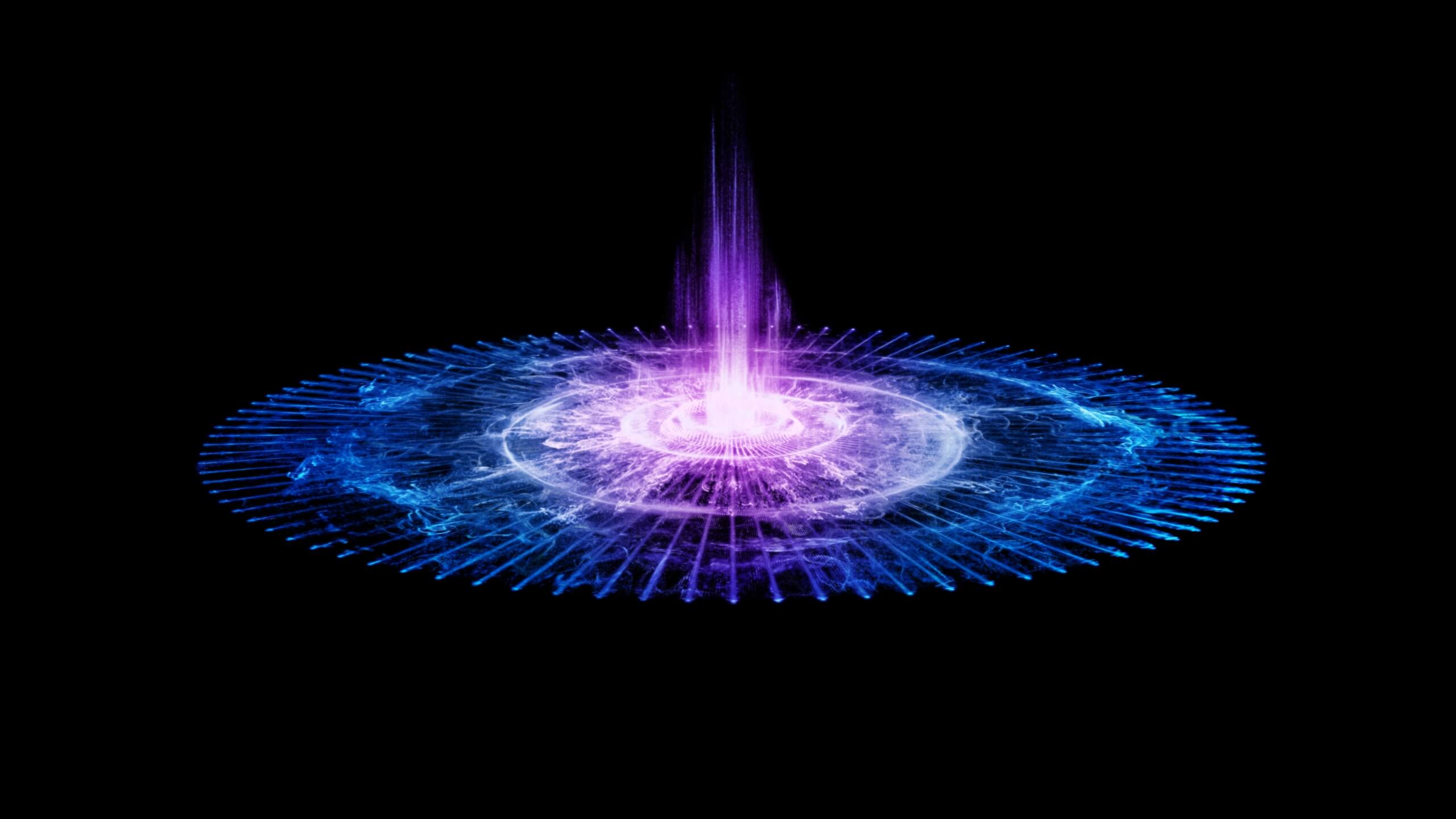
The event horizon serves as an effective cosmic gatekeeper of a black hole that prevents us from observing its interior secrets. It makes it extremely important to understand black holes and how they interact with their surroundings.
Also Read: What’s inside a black hole?
🔬 Subscribe to SciMail
Get the latest science discoveries straight to your inbox!
The Singularity
In a black hole, singularity is an extremely dense area at its center. It has such strong gravity that it compresses down space, time, energy, and matter to an extent that even light can not escape from it. At the singularities of black holes, the laws of physics probably break down.
It is believed that singularities are extremely small points with infinite density. But their exact sizes are still a mystery because no measurement or observation is possible due to their immense gravitational force. Scientists are working hard to better understand what occurs at singularities, and to develop a complete theory with a better description of what occurs at the center of a black hole.
What Is Spaghettification?
Spaghettification is a phenomenon that occurs when an astronomical object (such as a star, planet, or other object) passes too close to the event horizon of a black hole. As it approaches the singularity of the black hole, the intense gravity stretches and rips apart the object into spaghetti-like long, thin strands.
The intense gravitational force of the black holes causes tidal effects, which results in spaghettification. For example, when an object is falling into a black hole, it stretches in the direction of its fall while compressing in the perpendicular direction. As a result, the object is deformed into a long, thin shape (as being stretched like spaghetti noodles).

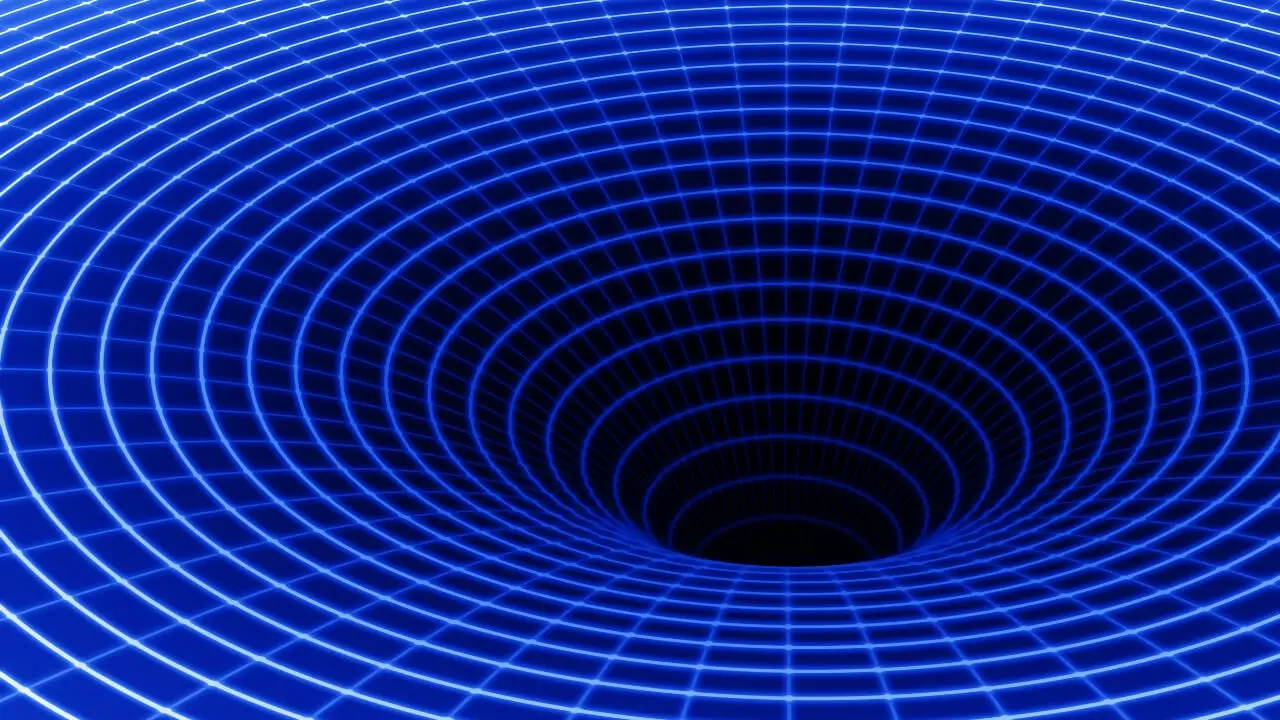
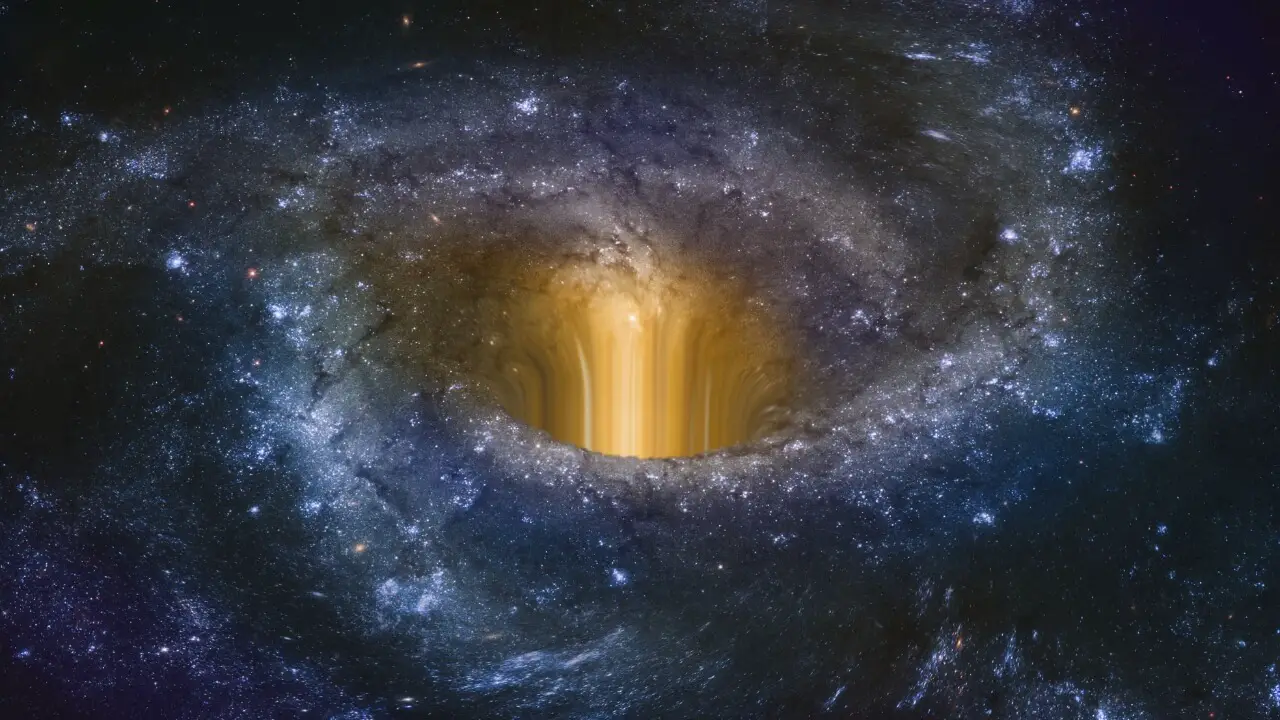
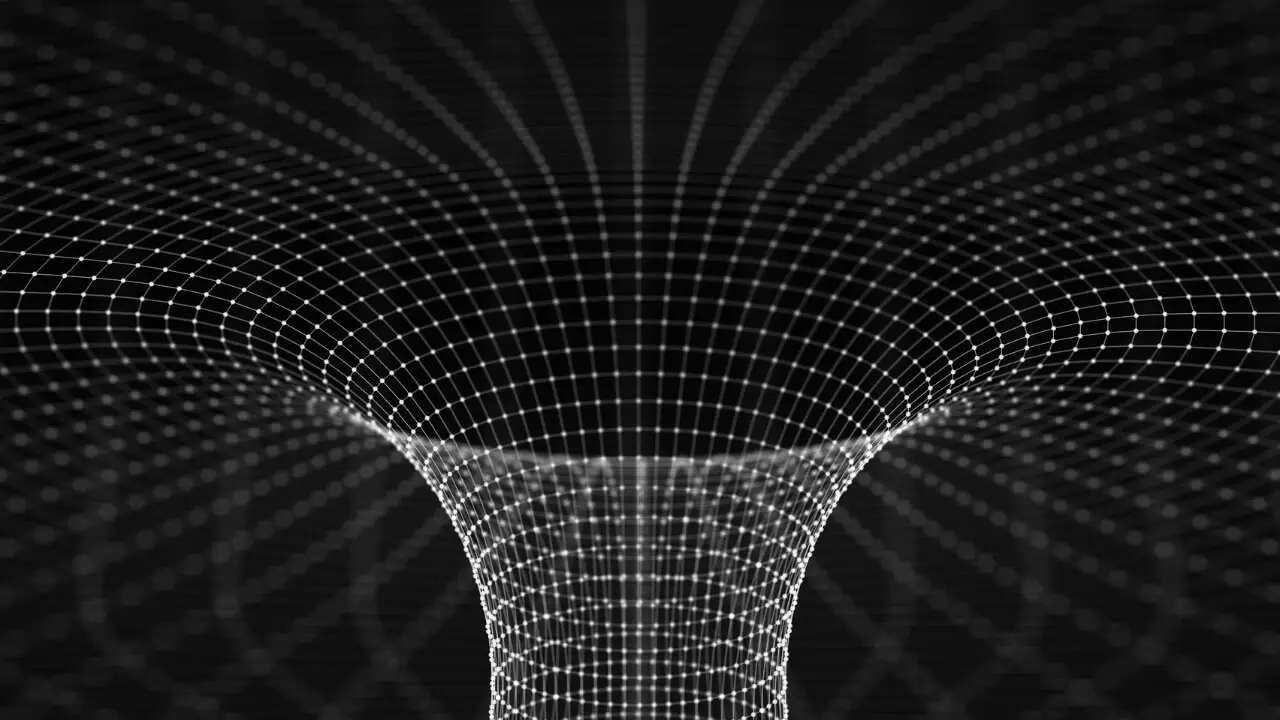
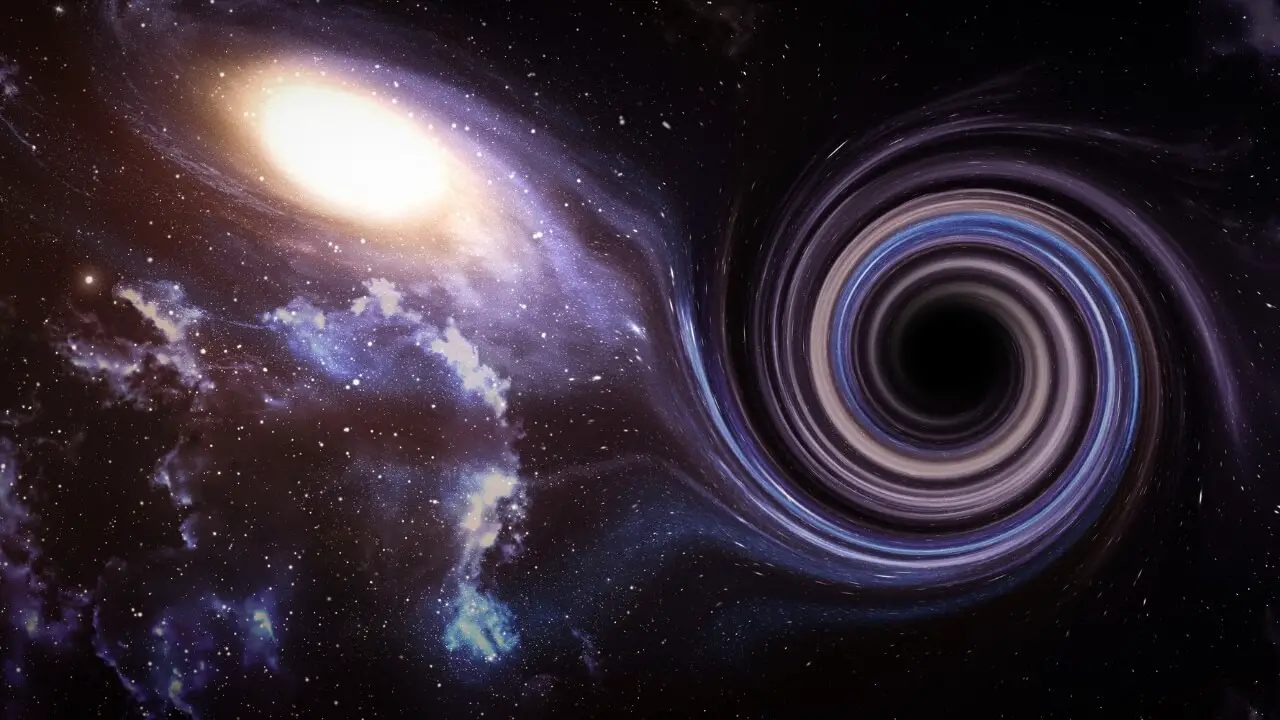
Leave a Reply